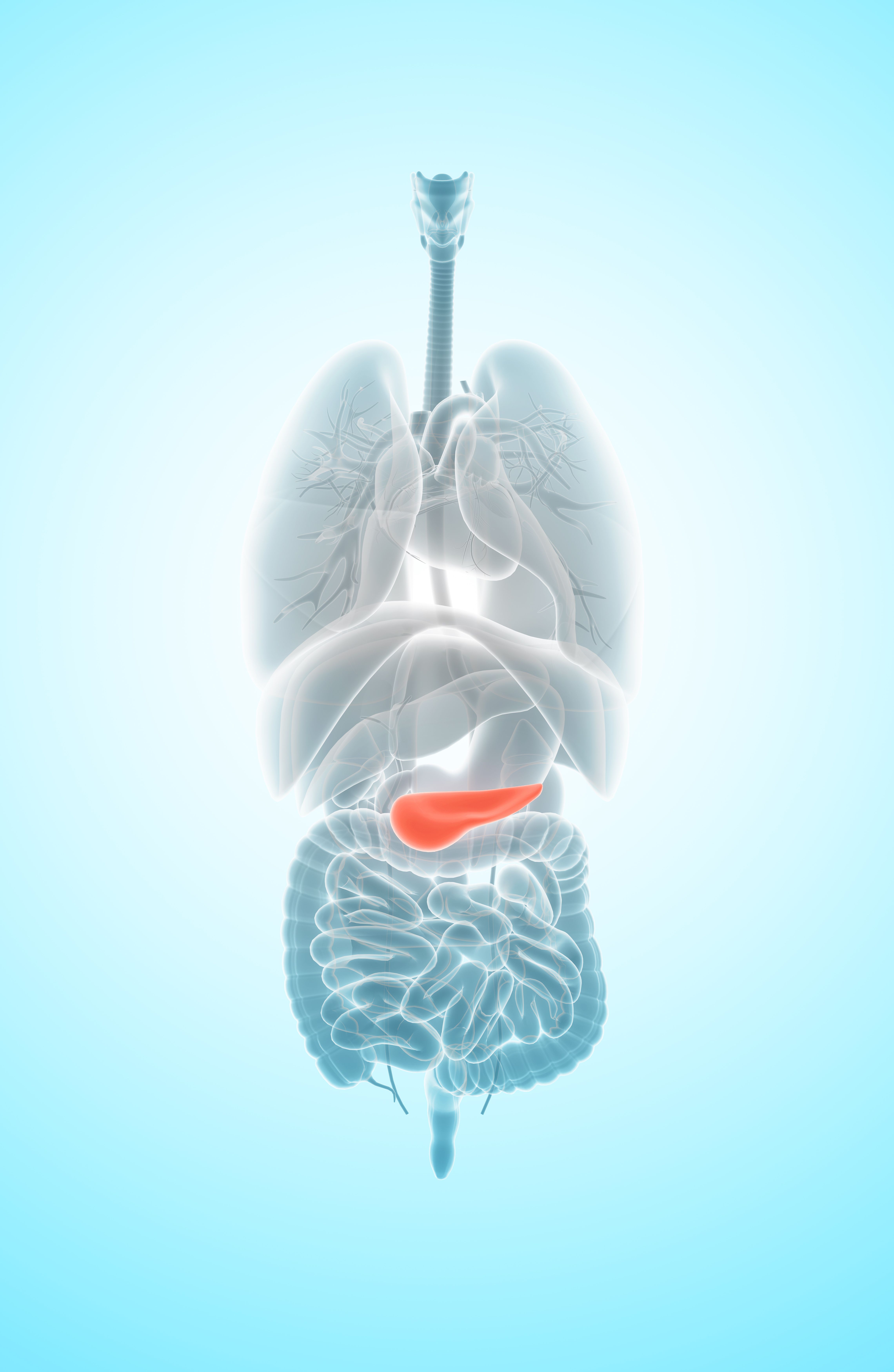Gene Test Modestly Improves CA19-9 Prognosis in Pancreatic Cancer Surgery
Higher CA19-9 levels appear to correlate with increased recurrence and mortality for specific patients with pancreatic cancer who undergo surgical resection.
“Having an optimal interpretation of a CA19-9 test is of particular value in the neoadjuvant setting because standard CT imaging is of limited value for assessment of tumor burden after chemoradiotherapy," according to the study authors.

The use of a CA19-9 tumor marker gene test appeared to modestly improve the prognostic performance of CA19-9 in patients with pancreatic cancer who received surgery, according to findings from a study published in Annals of Surgical Oncology.
The risk of mortality increased based on CA19-9 levels observed at the time of surgery across the entire cohort (HR, 1.18; range, 1.1-1.27; P <.001). Additionally, CA19-9 levels significantly correlated with survival outcomes among patients who were put into the FUT-intermediate (HR, 1.34; range, 1.14-1.57; P <.001) and FUT-high groups (HR, 1.58; range, 1.25-1.99; P <.001) according to adjusted model analyses; these patients had the highest CA19-9 synthetic function.
The HR for overall survival (OS) was higher when implementing preoperative CA19-9 prognostic cutoffs based on specific FUT groups (HR, 2.26; range, 1.75-2.93; P <.001) compared with a uniform prognostic cutoff of 133.6 U/ml (HR, 2.17; range, 1.66-2.86; P <.001). Investigators noted similar outcomes with respect to recurrence-free survival (RFS).
Among patients who were treated with neoadjuvant therapy, CA19-9 levels at the time of surgery were 58 ± 41.5 U/mL in those with a major response compared with 124.1 ± 236.0 U/mL in those with a minor response (P = .0001). A uniform cutoff of higher than 36 U/mL demonstrated a sensitivity and specificity rate of 70% and 57%, respectively, in predicting pathologic responses to neoadjuvant treatment. Additionally, the FUT-related prognostic cutoffs for CA19-9 yielded a sensitivity rate of 95% and a specificity rate of 31%.
Among patients with disease recurrence within 6 months following surgery, a uniform CA19-9 cutoff of 100 U/mL showed moderate sensitivity and specificity when predicting early recurrence. Investigators noted that the FUT-specific cutoffs demonstrated slightly improved sensitivity and specificity in predicting disease recurrence.
“This study found that the prognostic value of CA19-9 varies depending on an individual’s capacity to produce CA19- 9, as determined by their FUT tumor marker gene test, and in a multivariate model is statistically significant primarily for the two FUT functional groups that produce the highest CA19-9 levels [the FUT-high and the FUT-intermediate groups],” the study authors wrote. “Having an optimal interpretation of a CA19-9 test is of particular value in the neoadjuvant setting because standard CT imaging is of limited value for assessment of tumor burden after chemoradiotherapy.”
Investigators assessed preoperative and pre-treatment CA19-9 levels in 449 patients with pancreatic ductal adenocarcinoma who received surgery at John Hopkins Hospital from 2010 to 2020. Of these patients, 270 received neoadjuvant treatment.
Patients were stratified into 1 of 4 functional FUT groups. These groups included FUT3-null, which included those who were homozygous or compound heterozygous for non-functional FUT3 alleles (n = 49); FUT-low if they had 1 FUT3 null allele with intact FUT2 (n = 147); FUT-intermediate if they had functional FUT3 variants with FUT2 intact (n = 147); or FUT-high if they were homozygous null or compound heterozygous for a FUT2 null variant and had 1 or more functional FUT3 alleles (n = 106).
Investigators used Cox proportional hazards models to determine how CA19-9 levels correlated with OS and RFS for the entire cohort and according to tumor marker gene test stratification. Additionally, analysis adjusted for factors including age, gender, tumor volume and grade, and treatment with adjuvant and/or neoadjuvant therapy.
The mean age across the entire cohort was 65.45 years (standard deviation, 10.34). Most patients were female (51.2%), White (87.1%), and had grade 2 tumors (56.6%). Additionally, most had R0 margins (86.2%) and received treatment with neoadjuvant (60.1%) and adjuvant therapy (74.8%).
Reference
Ando Y, Dbouk M, Blackford AL, et al. Using a CA19‐9 tumor marker gene test to assess outcome after pancreatic cancer surgery. Ann Surg Oncol. Published online February 6, 2024. doi:10.1245/s10434-024-14942-5